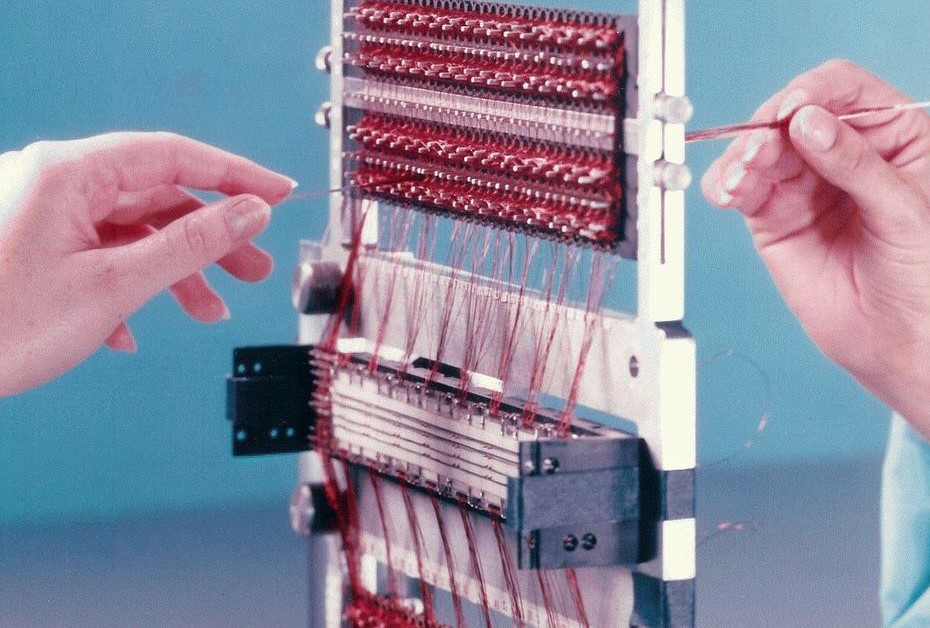Discovering the History and Importance of Core Memory
Welcome to the fascinating realm of core memory, where the history of computing intertwines with innovation and ingenuity. Dive into the depths of this technology as we unravel its evolution, mechanics, impact on computing history, and modern-day advancements. Join us on a journey through time and discover why core memory remains a pivotal element in the ever-evolving world of computer technology.

The Evolution of Computer Memory
In the early days of computing, memory technology was far different from what we know today. The evolution of computer memory has been a fascinating journey marked by significant advancements and innovations.
From punch cards and magnetic drums to vacuum tubes, each era brought new challenges and opportunities for storing data. As computers became more powerful and complex, the need for faster and more reliable memory systems grew.
The introduction of core memory in the 1950s revolutionized the way data was stored in computers. Instead of relying on fragile components like vacuum tubes, core memory used tiny magnetized cores to store information.
Over time, as technology continued to progress, newer forms of memory such as RAM (Random Access Memory) and SSDs (Solid State Drives) emerged, offering even greater speed and capacity for storing data.
Today, the evolution of computer memory continues with ongoing research into cutting-edge technologies like MRAM (Magneto-Resistive Random Access Memory) and Optane Memory, pushing the boundaries of what is possible in terms of storage capabilities.
How Core Memory Works
Imagine a time when computer memory wasn’t stored on microchips, but rather in small magnetic cores known as core memory. These tiny ferrite rings were woven together to form a grid, with wires passing through them vertically and horizontally.
When data needed to be stored, electrical currents would flow through the intersecting wires, magnetizing specific cores. The direction of the magnetization represented either a 0 or a 1 – the binary language of computers.
To read data from core memory, sensors detected the magnetic polarity of each core as it induced voltage changes in the surrounding wires. This ingenious system allowed for fast and reliable data storage and retrieval in early computing systems.
Core memory’s simplicity and durability made it popular in mainframe computers of the past. Despite being replaced by more advanced technologies today, understanding how core memory works sheds light on the foundational principles that still influence modern computing architectures.

The Impact of Core Memory on Computing History
The impact of core memory on computing history cannot be overstated. In the early days of computers, core memory revolutionized the way data was stored and accessed. Before the advent of core memory, computers relied on slower and less reliable forms of storage.
Core memory allowed computers to store data more efficiently and access it much faster than ever before. This advancement paved the way for significant improvements in computer performance and capabilities. It played a crucial role in enabling early computer systems to handle complex tasks with greater speed and reliability.
As technology continued to evolve, newer forms of memory eventually replaced core memory in most applications. However, its influence on computing history remains undeniable. Core memory laid the foundation for modern computer architecture and set the stage for further advancements in memory technology.
Today, while core memory may no longer be prevalent in mainstream computing devices, its legacy lives on through modern technologies that continue to build upon its pioneering concepts.
Modern Uses and Advancements in Core Memory Technology
In the world of modern technology, core memory has seen a resurgence in recent years. While once considered outdated, its unique characteristics have made it valuable again in certain applications.
One area where core memory shines is in aerospace and military systems where reliability and radiation resistance are crucial. Its non-volatile nature makes it ideal for storing critical information that needs to be retained even when power is lost.
Advancements in core memory technology have led to increased storage capacities and faster access times, making it more competitive with other types of memory like DRAM or flash storage. Researchers are constantly exploring new ways to optimize core memory for various uses, pushing the boundaries of what was once thought possible.
As we look towards the future, it’s exciting to see how core memory will continue to evolve and adapt to meet the demands of our increasingly complex digital landscape.
The Significance of Preserving and Studying Core Memory
Preserving and studying core memory holds immense significance in the realm of computing history. By delving into the roots of this foundational technology, we can gain a deeper understanding of how far we’ve come in the evolution of computer memory systems. Core memory represents a pivotal point in technological advancement, showcasing the ingenuity and innovation of early computer engineers.
Exploring core memory allows us to appreciate the craftsmanship and intricacies involved in its development. It serves as a bridge connecting past breakthroughs to present-day advancements, paving the way for future innovations. Studying core memory not only honors its historical importance but also sheds light on the continuous progression within the field of computing.
Preservation efforts ensure that this crucial piece of technological history is not lost to time, allowing future generations to learn from and build upon its foundations. The insights gained from examining core memory contribute to our collective knowledge base, fostering ongoing developments in memory technologies.
Conclusion
Core memory has played a crucial role in the history and development of computing. From its humble beginnings in the 1950s to its modern applications today, core memory has left an indelible mark on technology. By understanding the significance of preserving and studying core memory, we can appreciate how far we’ve come in the world of computer memory technology. As we continue to advance and innovate, let’s not forget the foundational importance of core memory in shaping the digital landscape we navigate today.